Storage Matters: Why Xbox and Playstation SSDs Usher In A New Era of Gaming
by Billy Tallis on June 12, 2020 9:30 AM EST- Posted in
- SSDs
- Storage
- Microsoft
- Sony
- Consoles
- NVMe
- Xbox Series X
- PlayStation 5
What To Expect From Next-gen Games
NVMe SSDs can easily be 50 times faster than hard drives for sequential reads and thousands of times faster for random reads. It stands to reason that game developers should be able to do things differently when they no longer need to target slow hard drives and can rely on fast storage. Workarounds for slow hard drive performance can be discarded, and new ideas and features that would never work on hard drives can be tried out. Microsoft and Sony are in pretty close agreement about what this will mean for the upcoming console generation, and they've touted most of the same benefits for end users.
Most of the game design changes enabled by abandoning hard drives will have little impact on the gaming experience from one second to the next; removing workarounds for slow storage won't do much to help frames per second, but it will remove some other pain points in the overall console experience. For starters, solid state drives can tolerate a high degree of fragmentation with no noticeable performance impact, so game files don't need to be defragmented after updates. Defragmentation is something most PC users no longer need to give even a passing thought, but it's still an occasionally necessary (albeit automatic) maintenance process on current consoles.
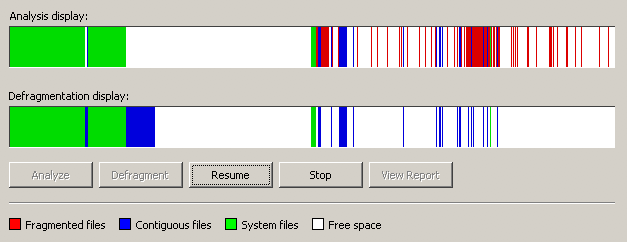
Not as obsolete as you might have thought. But soon.
Since game developers no longer need to care so much about maintaining spatial locality of data on disk, it will also no longer be necessary for data that's reused in several parts of a game to be duplicated on several parts of the disk. Commonly re-used sounds, textures and models will only need to be included once in a game's files. This will have at least a tiny effect on slowing the growth of game install sizes, but it probably won't actually reverse that trend except where a studio has been greatly abusing the copy and paste features in their level editors.
Warnings to not turn off the console while a game is saving first showed up when consoles moved away from cartridges with built-in solid state storage, and those warnings continue to be a hallmark of many console games and half-assed PC ports. The write speeds of SSDs are fast enough that saving a game takes much less time than reaching for a power switch, so ideally those warnings should be reduced, if not gone for good.
But NVMe SSDs have write speeds that go far beyond even that requirement, and that allows changes in how games are saved. Instead of summarizing the player's progress in a file that is mere megabytes, new consoles will have the freedom to dump gigabytes of data to disk. All of the RAM used by a game can be saved to a NVMe SSD in a matter of seconds, like the save state features common to console emulators. If the static assets (textures, sounds, etc.) that are unmodified are excluded from the save file, we're back down to near instant save operations. But now the save file and in-use game assets can be simply read back into RAM to resume the whole game state in no more than a second or two, bypassing all the usual start-up and load work done by games.
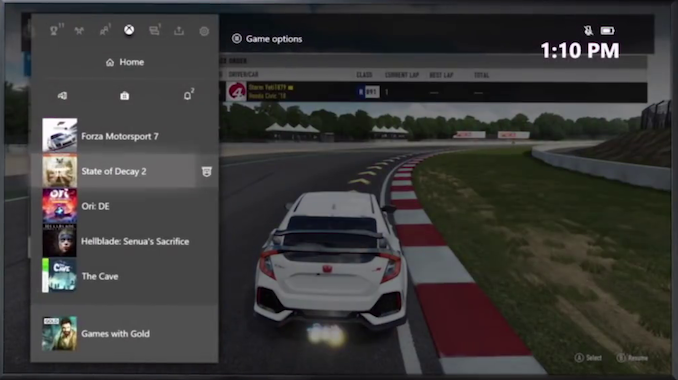
Xbox Series X Quick Resume menu
The deduplication of game assets is a benefit that will trivially carry over to PC ports, and the lack of defragmentation is something PC gamers with SSDs have already been enjoying for years—and neither of those changes requires a cutting edge SSD. The instant save and resume capabilities can work just fine (albeit not quite so "instant") on even a SATA SSD, but implementing this well requires a bit of help from the operating system, so it may be a while before this feature becomes commonplace on PC games. (Desktop operating systems have long supported hibernate and restore of the entire OS image, but doing it per-application is unusual.)
But those are all pretty much convenience features that do not make the core game experience itself any richer. The reduction or elimination of loading screens be a welcome improvement for many games—but many more games have already gone to great lengths to eliminate loading screens as much as possible. This most often takes the form of level design that obscures what would have been a loading screen. The player's movement and field of view are temporarily constrained, drastically reducing the assets that need to stay in RAM and allowing everything else to be swapped out, while retaining some illusion of player freedom. Narrow hallways and canyons, elevator and train rides, and airlocks—frequently one-way trips—are all standard game design elements to make it less obvious where a game world is divided.
Open-world games get by with fewer such design elements by making the world less detailed and restricting player movement speed so that no matter where the player chooses to move, the necessary assets can be streamed into RAM on the fly. With a fast SSD, game designers and players will both have more freedom. But some transition sequences will still be required for major scene changes. The consoles cannot reload the entire contents of RAM from one frame to the next; that will still take several seconds.
SSD As RAM?
Finally, we come to what may be the most significant consequence of making SSDs standard and required for games, but is also the most overstated benefit: Both Microsoft and Sony have made statements along the lines of saying that the SSD can be used almost like RAM. Whatever qualifiers and caveats those statement came with quickly get dropped by fans and even some press. So let's be clear here: the console SSDs are no substitute for RAM. The PS5's SSD can supply data at 5.5 GB/s. The RAM runs at 448 GB/s, *81 times faster*. The consoles have 16 GB of GDDR6 memory. If a game needs to use more than 16 GB to render a scene, framerates will drop down to Myst levels because the SSD is not fast enough. The SSDs are inadequate in both throughput and latency.
It's certainly possible for a level to use more than 16GB of assets, but not all on screen at once. The technical term here is working set: how much memory is really being actively used at once. What the SSD changes somewhat is the threshold for what can be considered active. With a fast SSD, the assets that need to be kept in DRAM aren't much more than what's currently on screen, and the game doesn't need to prefetch very far ahead. Textures for an object in the same room but currently off-screen may be safe to leave on disk until the camera starts moving in that direction, whereas a hard drive based system will probably need to keep assets for the entire room and adjacent rooms in RAM to avoid stuttering. This difference means an SSD-based console (especially with NVMe performance) can free up some VRAM and allow for some higher-resolution assets. It's not a huge change; it's not like the SSD increases effective VRAM size by tens of GBs, but it is very plausible that it allows games to use an extra few GB of RAM for on-screen content rather than prefetching off-screen assets. Mark Cerny has approximated it as saying the game now only needs to pre-fetch about a second ahead, rather than about 30 seconds ahead.
There's another layer to this benefit: partially resident textures has been possible on other platforms, but becomes more powerful now. What was originally developed for multi-acre ground textures can now be effectively used on much smaller objects. Sampler feedback allows the GPU to provide the application with more detailed and accurate information about which portions of a texture are actually being displayed. The game can use that information to only issue SSD read requests for those portions of the file. This can be done with a granularity of 128kB blocks of the (uncompressed) texture, which is small enough to allow for meaningful RAM savings by not loading texels that won't be used, while at the same time still issuing SSD reads that are large enough to be a good fit for SSD performance characteristics.
Microsoft has stated that these capabilities add up to the effect of a 2x or 3x multiplier of RAM capacity and SSD bandwidth. I'm not convinced. Sure, a lot of SSD bandwidth can be saved over short timescales by incrementally loading a scene. But I doubt these features will allow the Series X with its ~10GB of VRAM to handle the kind of detailed scenery you could draw on a PC GPU with 24GB of VRAM. They're welcome to prove me wrong, though.


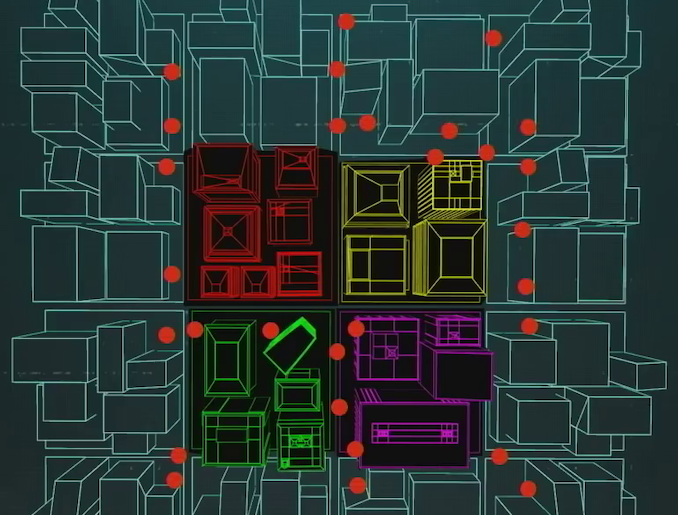
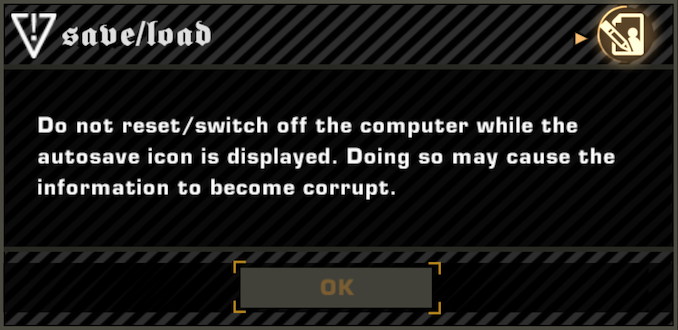
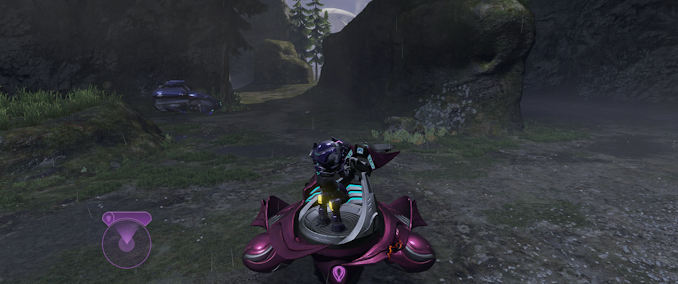










200 Comments
View All Comments
JStacts - Tuesday, June 30, 2020 - link
"The problem is that upgrading is a necessity." Upgrading a computer is no more necessary that buying a new console (I would argue less). The difference is that the PC game can upgrade when he wants and is not forced into a cycle by a multi-national corporation. I built my computer a few years ago with an RX480. Could I upgrade? Sure. I could have upgraded last year, or the year before. I could upgrade next year.It is entirely my choice when or even if I upgrade. It is my choice how much to spend on the upgrade. It is my choice because of the incredible wealth of options offered by the PC market.
If I had a PS4, I had to wait until Sony CHOSE to release the Pro version (which they had no obligation to do) or the PS5.
Next year, I will very probably buy a couple monitors and upgrade my GPU, but I certainly don't feel compelled to do so. I enjoy my gaming experience.
It is this difference of choice that makes my say that "I get to upgrade" instead of "I have to upgrade".
You mentioned that we (PC gamers) spend thousands to keep up with the state of software. While there certainly are those people (and you will meet a disproportionate number of them in the AT comment section), I would hardly call that a fair generalization of the PC gaming community. Most of us keep our components for many years before upgrading. Most of us are perfectly happy buying low or midrage parts and the gaming experiences those offer. A significant portion of us use very low end hardware.
If you're not already acquainted with the channel, I recommend "The LowSpec Gamer" on Youtube. His entire channel is dedicated to making AAA games run on extremely low-end hardware.
Oxford Guy - Monday, June 15, 2020 - link
"What makes a console a good piece of hardware is that I do not have to even care what is inside the box that runs the games since the games that I buy for said console will just work as intended. Every generation has extensive discussion about hardware and the usual comparing and penis measuring between brands. It all ends up being meaningless when you pick up a controller and play a game on it which is far and above the hassle of PC gaming in terms of equipment apathy. In short, IDGAF what drive is inside the thing. Insert disc (or download digital copy) and game on!"Thank you MS or Sony employee for this attempt to justify the "console" scam.
zmatt - Tuesday, June 16, 2020 - link
Adding internal storage and internet connectivity destroyed what I saw as the two big advantages with consoles. It used to be that you didn't have to install anything and you didn't have to patch anything. Developers were forced to released games as complete and working products and playing them was truly as simple as sticking a disc in and playing.Sure load times and graphics suffered because of it but consoles shouldn't try to compete with PCs on performance anyways. Its a fool's errand. Back then you could truly say consoles just worked. Having to wait for games to install, having to manage updates and dealing with buggy releases were largely problems that PC users had to put up with.
Now consoles have all of those problems too. You can't seem to power on a console today without first waiting for it to update before letting you do anything. And unlike on a PC where you have control of such things the console will force you to update both it and the games before letting you play them. The only way around it is to disconnect networking entirely which renders half of its functionality broken.
If I can't just slap in a disc and play then why bother? If I have to expend effort then I might as well get the full benefit of a PC. Not this halfway point consoles have reached.
PeachNCream - Tuesday, June 16, 2020 - link
I think its actually a good thing that consoles have access to internet-based patching and multiplayer capabilities as well. There is a lot more code in a modern game than was the case with cartridge-based systems and early even the first couple of generations of disc-based consoles. Deploying an update is a reality of modern software we just have to cope with and work around these days regardless of the platform.In addition, if you keep an eye on the ROM hacking and modding community, you will see there are still hobbyists out there finding and fixing bugs that are present in 8- and 16-bit era cartridge based games that have a total memory footprint of a few hundred kilobytes to a single digit number of megabytes due to technology and cost limits of the time period. (Lots of Final Fantasy 3/6 fixes for the SNES for example).
Gastec - Sunday, January 3, 2021 - link
Then why are you here, reading this article and bothering to comment? Go...play video games on consoles with that amazing input device you call "controller". It just works!Iregisteredtocallyoudumb - Monday, August 1, 2022 - link
Imagine reading through this very well written, well researched article that takes a very technical subject and explains it an layman’s terms in a very neutral manner, not favoring either brand, just laying out how tech works and how each company has approached it and why. Reading all the way through it, getting to the end, and all you can think to say is, “ Durr I don’t care what’s in my console I just want to insert disc and play game”.Yes dear, that’s nice. Most of us enjoy the simplicity of consoles, but we also enjoy learning about the tech behind them. That’s why we read the article. Not everything is some fanboy fight or something, some people just enjoy learning: )
ToTTenTranz - Friday, June 12, 2020 - link
Small correction at the end of page 1:Cerny said the 3rd party SSDs will need to be faster than the PS5's rated 5.5GB/s, because consumer SSDs only have 2 priority lanes, whereas the PS5's has 6 lanes.
So the extra speed is needed to compensate for a less effective system of I/O interrupts. A 3rd party 5.5GB/s SSD is supposedly not capable enough to put in the PS5 as extra storage.
close - Friday, June 12, 2020 - link
I wonder if there will be a market for after market SSDs that do match (or get sufficiently close to) the performance of the built in one. Also if MS plans on introducing a higher performance builtin SSD in future model refreshes.ToTTenTranz - Friday, June 12, 2020 - link
Even if Microsoft does introduce a higher performance SSD in later models, the baseline is set in stone with this 2.4GB/s + BCPack & Zlib architecture.brucethemoose - Friday, June 12, 2020 - link
They could easily do another mid gen update with a faster SSD.